
E-Waste Day 2023 Highlights the Issue of Invisible E-Waste
International E-Waste Day is an event celebrated on the 14th of October every year. It was first introduced by the Waste from Electrical and Electronic Equipment (WEEE) Forum in 2018 to promote the importance of recycling e-waste among consumers.
This year’s E-Waste Day has been dedicated to emphasising the concept of “invisible e-waste“, which is comprised of electronic items that are often overlooked because of their nature and appearance and are not recycled into the proper waste stream.
The theme of 2023 E-Waste Day is “You Can Recycle Anything With A Plug, Battery Or Cable!” which serves as a reminder of the importance of recycling the electronic waste that remains hidden even in plain sight.
However, we are talking here about e-waste but do you know what it is and why we should discard it properly? If not, then this article is for you.
What is E-Waste?
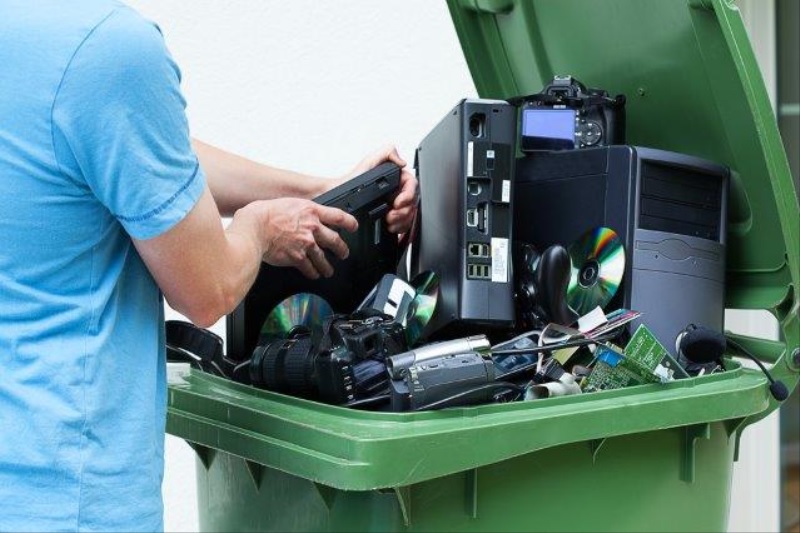
The term “E-Waste” is an abbreviation of “electronic and electrical waste”.
Products containing circuitry or electrical components with either power or battery supply that are discarded by the owner as waste without any intention of use are E-Waste.
However, computers, laptops, mobile phones, TV appliances, home entertainment and audio systems, toys, toasters, kettles, and white goods such as refrigerators, washing machines, and dryers are examples of E-Waste.
What is Invisible E-Waste?
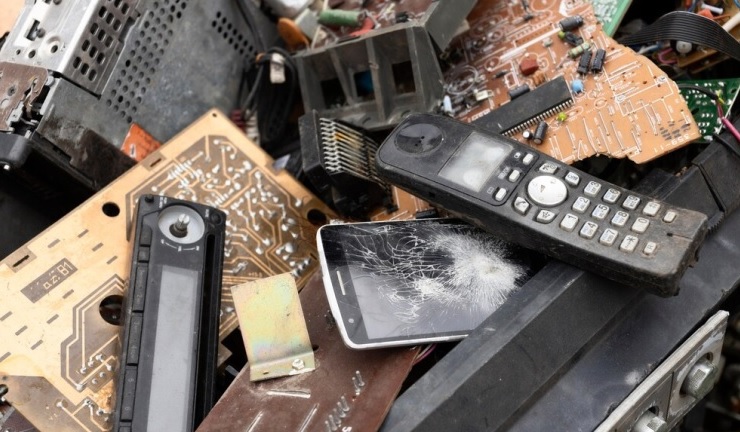
Invisible e-waste refers to electronic waste that goes unnoticed because of its nature or appearance, so it’s easy for people to forget that it can be recycled.
As technology has become increasingly a part of our daily lives, we all have plenty of products in our homes and offices reaching the end of their useful life.
Those products should be included in the electronics recycling stream when they are no longer able to be reused or repaired.
Examples of such products include electronic toys, battery cells, charging cables, e-cigarettes, wearable health devices, etc.
E-waste is the Fastest-Growing Waste in the World
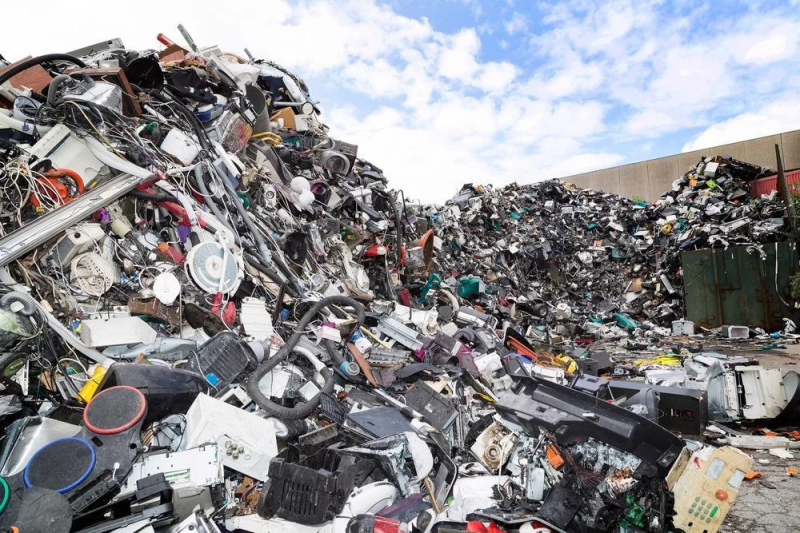
As we rely more and more on technology, the manufacturing of electronic devices is on the rise, making electronic waste the world’s most rapidly growing waste stream.
In fact, between 2010 and 2019, there was a 60% increase in the amount of electronic waste being generated.
Currently, around 50 million tons of electronic waste are produced around the world every year, and by 2030, that number is expected to rise to 75 million tons.
The majority of electronic waste generated globally in 2019 originated in Asia, with China being the largest producer of electronic waste in the world.
After China, the US is the second biggest producer, followed by India as the third biggest producer of e-waste. Collectively, these three nations accounted for 38.6% of the total 53.6 million tonnes (Mt) of electronic waste generated in 2019.
Why Eelectronic Waste Should be Disposed of Properly?
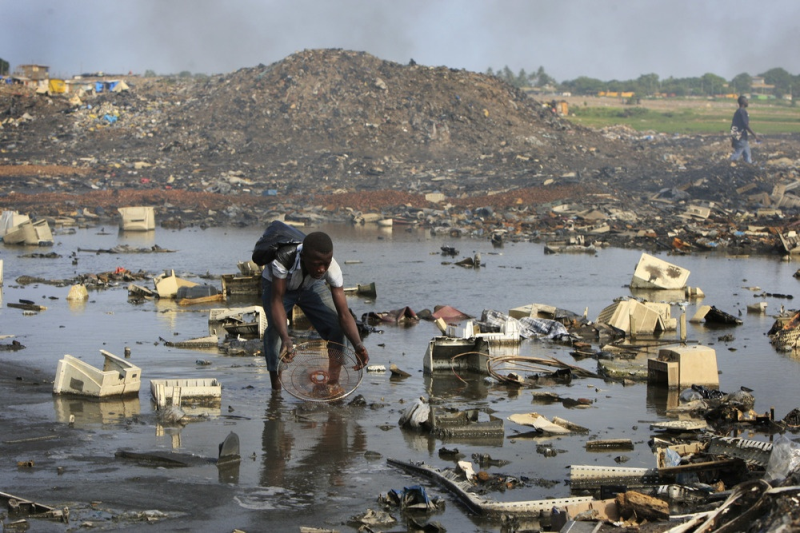
According to a study conducted in 2022 in six countries (UK, Italy, Portugal, Romania, Slovenia and The Netherlands) by the members of UNITAR and the WEEE Forum, it was found that, on average, 13 of the 74 total electronic products in a household were being stockpiled, with 9 of them unused but functional and 4 broken.
The majority of these items were small electronics and accessories, such as headphones, remote controls, cell batteries, etc which often need to be classified as electronic items.
When electronic gadgets and their parts are disposed of incorrectly due to their classification as non-electronic waste, they are usually sent to landfills or incinerators.
These devices contain a range of hazardous materials, such as lead, mercury, cadmium and flame retardants, which can contaminate soil and water sources, endanger ecosystems, and pose a risk to human health.
Similarly, if these items remain in our homes lying in our drawers or closets, they cannot be recycled into the manufacturing process destroying valuable resources.
Among these resources are precious metals such as gold, silver and copper, as well as rare and strategic elements called “Critical Raw Materials”, which are essential in the manufacturing of new electronic devices and the transition to a greener world.
Furthermore, the mining and extracting of new resources to meet the demand for new electronics production contribute to the depletion of finite resources and intensify environmental damage.
Government Initiative in E-Waste Management
To recognise the importance of effective management of electronic waste, the Indian government has implemented the E-waste (Management) Rules 2016.
These rules define that the collection, transport and disposal of electronic waste is the responsibility of electronic producers, importers and dealers.
To ensure safe and environmentally friendly practices, the rules also promote licenced collection points and recycling facilities to be established.
How Vincular can help in Waste Management?
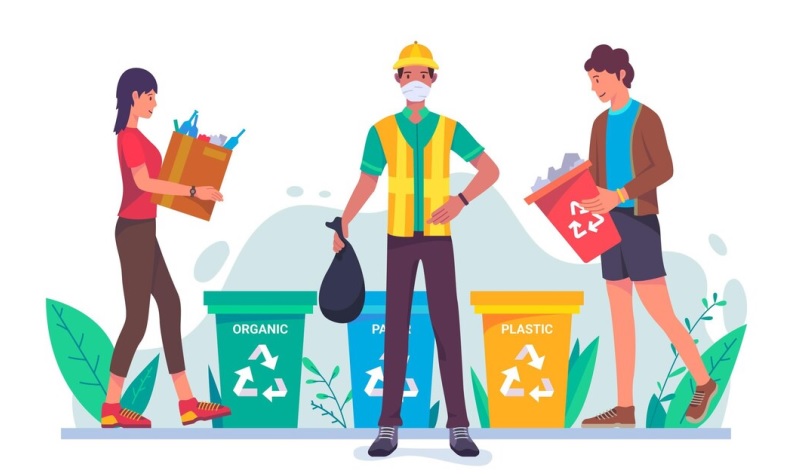
Vincular is a registered Producer Responsibility Organisation (PRO) helping EPR holders in managing E-waste from start to finish.
From collecting the waste from the end user to disposing of it or recycling we also adhere to rules of the 2016 E-waste regulations.
So, if you are finding a PRO company then Vincular is your one-stop solution for waste management. We handle all kinds of waste from e-waste to battery to plastic waste.